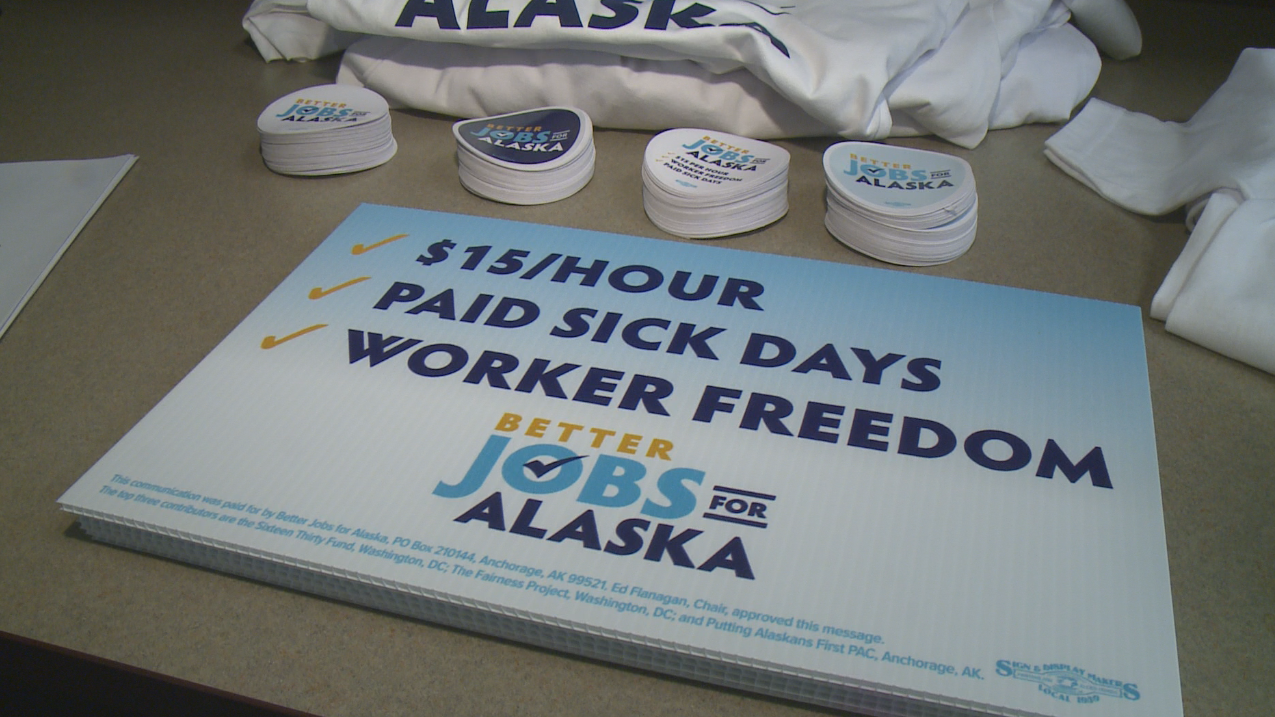In the ever-evolving healthcare landscape, the affordability threshold is pivotal in determining accessibility and coverage options for individuals and families. The Affordable Care Act (ACA) established this threshold to ensure that employer-sponsored health plans remain within a reasonable cost range for employees. The 2024 affordability threshold, announced by the Internal Revenue Service (IRS), marks a significant shift in the affordability landscape, bringing about notable changes for employers and employees alike.
Understanding the Affordability Threshold
The Affordability Threshold essentially dictates the maximum percentage of an employee’s household income that can be allocated towards the monthly premium for the lowest-cost health plan offered by their employer. For 2024, this threshold has been set at 8.39%, a decrease from 9.12% in 2023. This reduction translates to employees’ lower expected monthly contribution towards their health insurance premiums.
Affordability Threshold Trends Over the Years
The affordability threshold has gradually declined over the past three years, reflecting the evolving economic climate and healthcare costs. In 2022, the threshold stood at 9.61%, followed by a decrease to 9.12% in 2023. The consistent downward trend highlights the IRS’s efforts to ensure employer-sponsored health plans remain affordable for employees.
Implications of the 2024 Threshold for Employers and Employees
The 2024 affordability threshold introduces implications for employers. Here are the critical effects:
- Lower Employee Premiums: Employers must charge employees a lower price for health benefits to meet the Affordability Threshold. If an employer’s health plan premiums exceed the new threshold, it may no longer be considered affordable
- Strategic Planning: Employers must review their health plan contributions and consider adjustments for the 2024 plan year. This review involves assessing the impact of the reduced affordability percentage on employee premiums.
- Pay or Play Mandate: Under the Affordable Care Act (ACA), applicable large employers (ALEs) must either offer affordable health coverage to a specified percentage of full-time equivalent employees or risk paying a tax penalty. The new affordability threshold affects ALEs’ compliance with this mandate.
- Annual Reporting Requirement: Employers and plan sponsors must file Forms 1094 and 1095 to facilitate the IRS’s determination of whether affordable coverage is being offered. Penalties may apply if an employer fails to meet the affordability criteria.
- Cash-in-Lieu/Opt-Out Payments: Some employers offer cash payments to employees who decline employer-provided health coverage. However, employers must ensure employees have alternative health coverage to avoid potential risks.
Conclusion
The 2024 affordability threshold marks a significant milestone in the ongoing efforts to make healthcare more affordable and accessible. By lowering the threshold, the IRS has taken a step towards mitigating the financial burden of healthcare for employees. As the healthcare landscape evolves, the affordability threshold will remain essential in shaping the future of health insurance coverage and individual well-being.
How can we help?
Let Time Equipment Company provide the ACA solution for you with Visual ACA. Visual ACA includes the following:
- Managing the look-back method of employee status determination
- Provide ongoing evaluation of full-time, part-time, and variable-hour employees
- Identify when you must offer qualifying employees health insurance
- Determine if your company is an Applicable Large Employer (ALE)
In addition, for a nominal fee, Visual ACA can prepare the company’s 1094-C and employee’s 1095-C documentation and submit them to the IRS.
For more information on Visual ACA, contact Time Equipment Company at sales@timeequipment.com or (800) 997-8463.
*This information simplifies complex Acts as Time Equipment Company understands it. It is not to be taken as legal advice. The regulations for this program are changing. For further information, contact the Internal Revenue Service.










